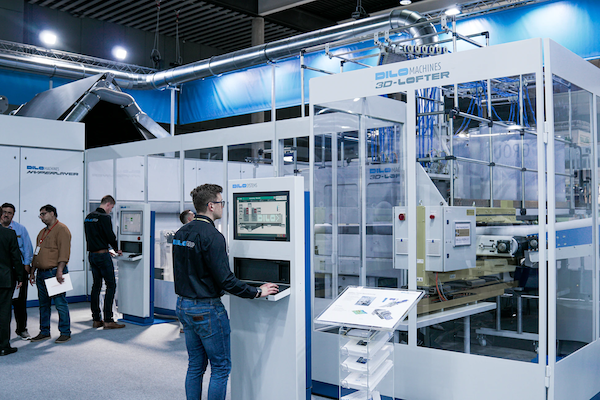In the 1960s, George Jetson showed us the sexy side of the future. We were promised flying cars that could fold into briefcases and robotic maids (top that, Back to the Future 2!). The joke of the whole thing — the same basic joke they used about the primitive world in The Flintstones — is that all that cool future tech was blasé to George and family. And to most regular folk, the factory of the future and smart manufacturing offers the same sleepy effect. Industry 4.0? Big whoop, where’s my floating treadmill?
Those of us neck deep in supply chain management know that the factory of the future offers an extraordinary tomorrow that has already begun to make the world go round with incredible speed and efficiency. That’s why about 40 percent of manufacturing executives believe the time is right to invest in smart manufacturing and the internet of things (IoT). The enlightened (82 percent of those surveyed) have reported an increase in efficiency, lower product defects (49 percent of those surveyed), and customer satisfaction gains (45 percent of those surveyed). While we still haven’t achieved all the futuristic conveniences The Jetsons predicted, we are closer than ever to greater agility, value, and innovation that even Mr. Spacely would appreciate.
Disruptive technologies promise to close the gap between previous manufacturing limitations and unprecedented customer demand. New and developing technologies such as mobility allow vital communications to be made from anywhere globally. Late-stage assembly processes such as integrated CAD systems allow for greater customization on a mass scale. Robotics have led to shop-floor automations that are a game-changer for workflows and production cycles. Big data and artificial intelligence (AI) have made factory processes and customer expectations more predictable. The cloud itself makes vast data repositories more digestible.
![]()






